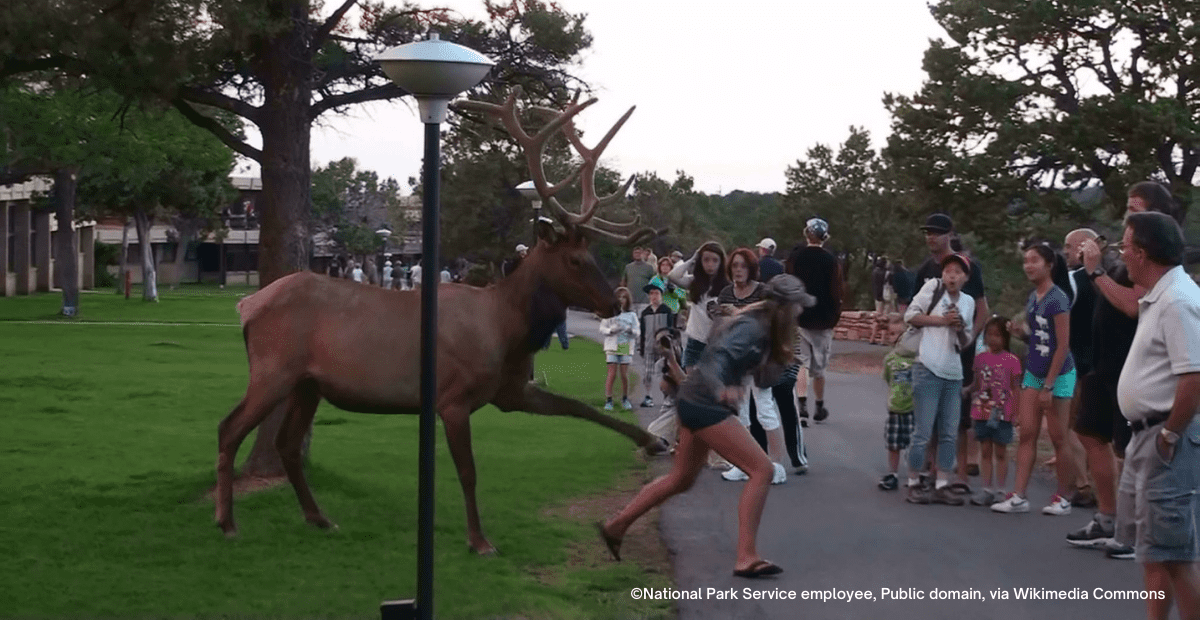As explained by (Liu et al., 2024) “Human-wildlife conflicts (HWCs) arise when humans and wildlife compete for shared resources such as food or space, which hinder coexistence and negatively impact both wildlife populations and human livelihood.”
As articulated by König et al. (2021), the expansion of human populations and wildlife has heightened these conflicts globally, particularly in developing nations.
Why is paying attention to Human-wildlife conflicts important?
The manifestations of human-wildlife conflict carry profound economic implications and pose threats to resident safety and biodiversity conservation. (Liu et al., 2024)
The most common manifestations of Human-Wildlife Conflicts
Attacks on humans, predation of domestic animals and livestock, and crop damage are the three primary manifestations of Human-Wildlife Conflict (Torres et al., 2018). There’s also, the spread of zoonotic diseases to livestock to watch out for (Konig et al, 2021).
How to fix human-wildlife conflict
To comprehensively address these challenges, it is necessary to have a nuanced understanding of conflict types, frequency, distribution, and the species involved (Morehouse and Boyce, 2017). This knowledge, coupled with insights into the driving factors behind HWC patterns, informs the development of prevention and management strategies (Woolaston, 2022).
The overarching objective is to navigate these complexities judiciously, promoting coexistence and adaptation while minimizing disruptions to ecosystems and species. Coexistence is characterized as a dynamic and enduring condition where humans and wildlife mutually adjust to residing in communal landscapes. In this scenario, proficient institutions, ensuring the lasting persistence of wildlife populations, social acceptance, and acceptable risk levels regulate human-wildlife interactions (Konig et al, 2021).
Woolaston (2022) explains that this issue has often been one-sided, concentrating the conversation on wildlife behavior and not digging into the human actions and patterns that exacerbate the problem.
“The study of human–wildlife conflict is more than a study of ‘problem wildlife’ and necessarily involves a study of the human relationship with nature. It is increasingly recognized that responses to the conflict must manage both wildlife and people.”
Woolaston K. The Human–Wildlife Relationship: An Ecofeminist Approach to Vulnerability Theory. In: Ecological Vulnerability: The Law and Governance of Human–Wildlife Relationships. Cambridge University Press; 2022:13-51.
Conclusion
In the pursuit of sustainable resolutions, when it comes to human-wildlife conflicts the focus should be on tailored interventions that:
- Mitigate the immediate impacts on human communities and wildlife; and also
- Promote harmonious coexistence and mutual adaptation.
Our commitment lies in navigating these challenges with precision and dedication to biodiversity conservation.

